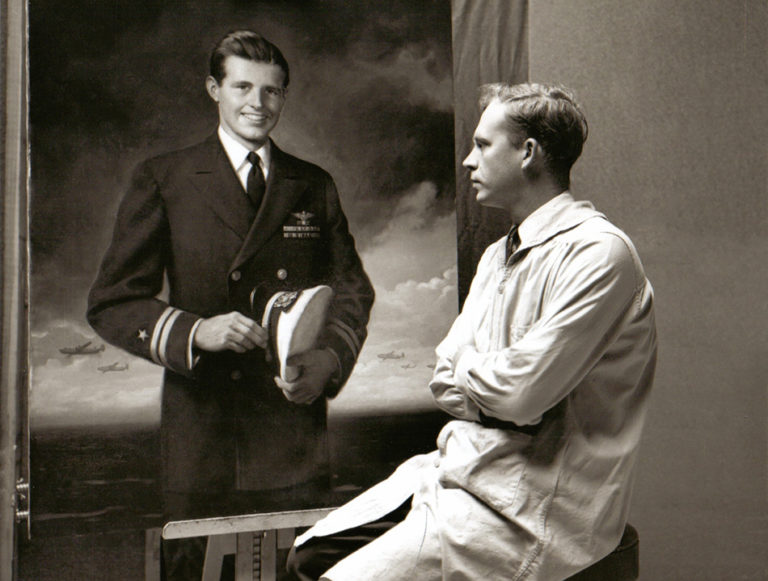Building a Legacy
The Gammell Lack Institute of American Art
Our Mission
Our mission is to promote and maintain the legacy and integrity of the Gammell Lack artistic tradition and establish a permanent home for works by the artists who were products of the Gammell-Lack movement, with educational resources for future generations to participate in its continuum.
R. H. Ives Gammell believed in the practice and standards of art should rest on the Gold standard established by the 19th-century French system of learning, as practiced by the Ecole des Beaux-Arts and Academie Julian of Paris. His personal mission was to follow that tradition so he established his own Studio working with a handful of students at a time. His book ‘Twilight of Painting’ would help define a way back to those lofty goals for future artists, reflecting the uncompromising levels of quality that he embraced, and maintained.
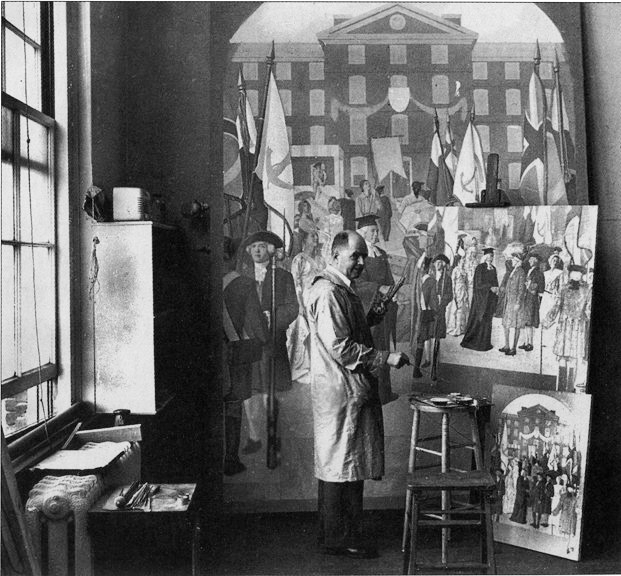
R. H. Ives Gammell in his Studio
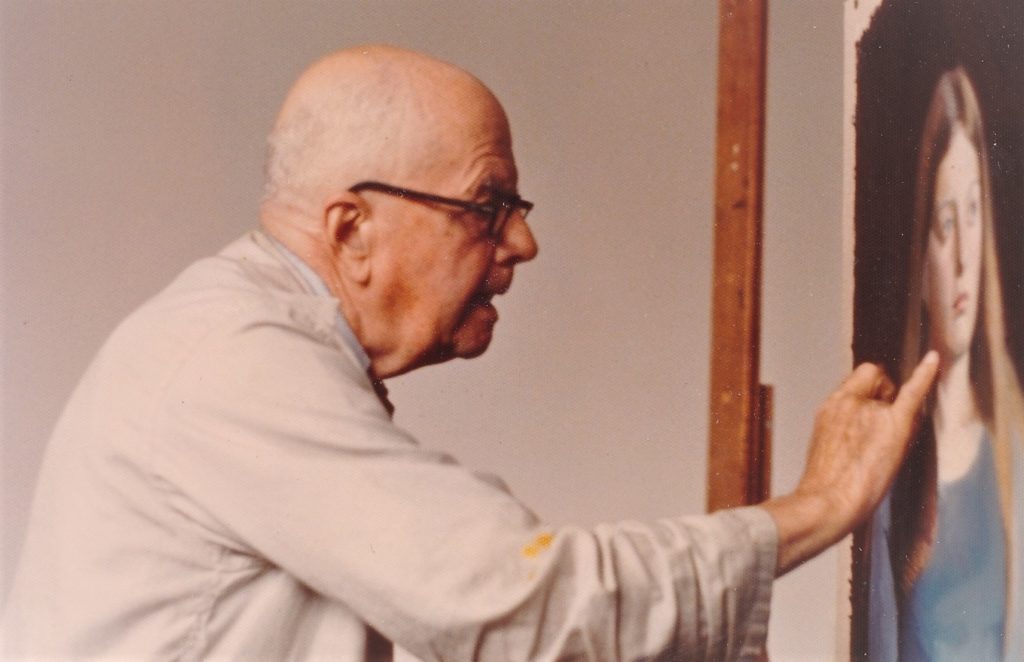
R.H. Ives Gammell assisting student work. Williamstown, MA. 1976 Photo: Allan R. Banks
Robert Hale Ives Gammell (1893-1981) was a prolific professional painter working in Boston, Provincetown, and Williamstown, Massachusetts. During the sixty-five years of his career, Gammell painted murals, portraits, landscapes, and still lifes, but the pieces which excited him most were the allegorical works drawn from his imagination. In his diary Gammell wrote that he was “fascinated by the drama of man in his relationship to the forces of the universe and of his own nature.” Over the years he experimented using ancient myths and rituals as well as contemporary symbols in his attempts to articulate images of man’s terror, wonder and yearning in the face of a century of upheaval.
Excerpt from Elizabeth Ives Hunter, the God-daughter of R. H. Ives Gammell and the daughter of his assistant, Theodore W. J. Valsam.
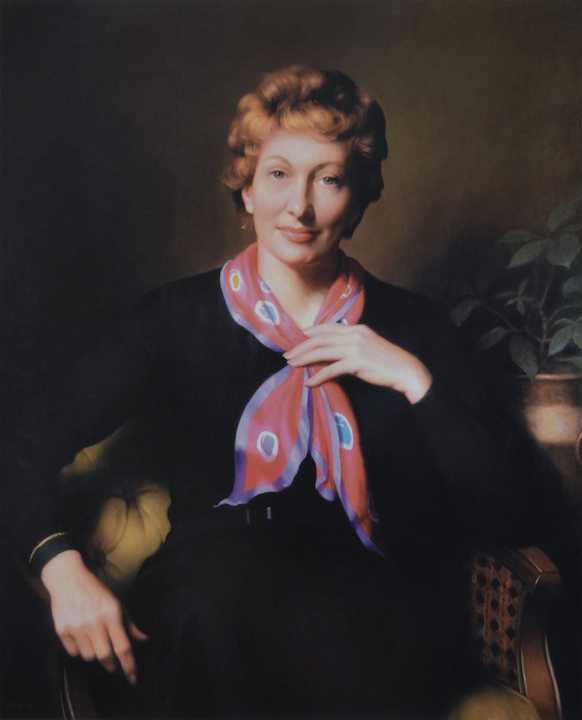
Richard Lack
R. H. Ives Gammell
Richard F. Lack
Founder of Atelier Lack in 1970, training over 90 artists during his tenure as a teacher and mentor.
His abilities also as an inspired writer on art matters resonate today as they did then. He was instrumental in establishing the American Society of Classical Realism (ASCR) with several of his students. The additional subsequent exhibitions in Dallas, TX sprung the book ‘Realism in Revolution’ that fully established the movement’s momentum into the future, beginning in 1984.
As a painter in his own right, Mr. Lack always maintained the same true principles he taught at the atelier, working from life, correct relationships of design, and careful craftsmanship in the picture-making process.
His accomplishments did not stop there as he was also an accomplished violinist. His legacy cannot be overstated in the 21st-century art world.
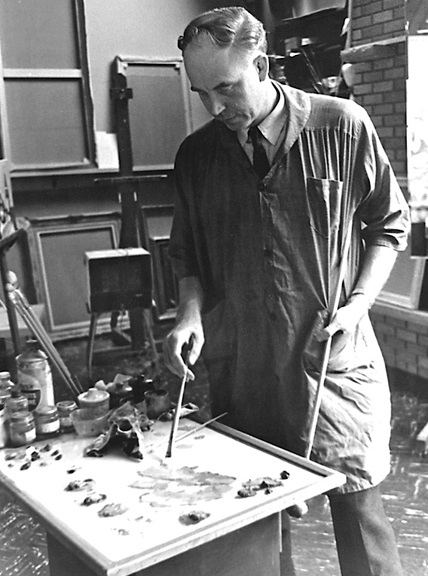
Richard Lack in His Studio 1960's
RICHARD F. LACK (1928-2009) was one of the most important and distinguished artists of the last half of the twentieth century. Over the span of sixty-three years, he completed more than 1,300 paintings, drawings, sketches, studies, etchings, woodcuts, and watercolors. Early in his career, he received thirty-four Gold Medals, Best of Show, People’s Choice awards, and several scholarships for his atelier (1971-1992);
